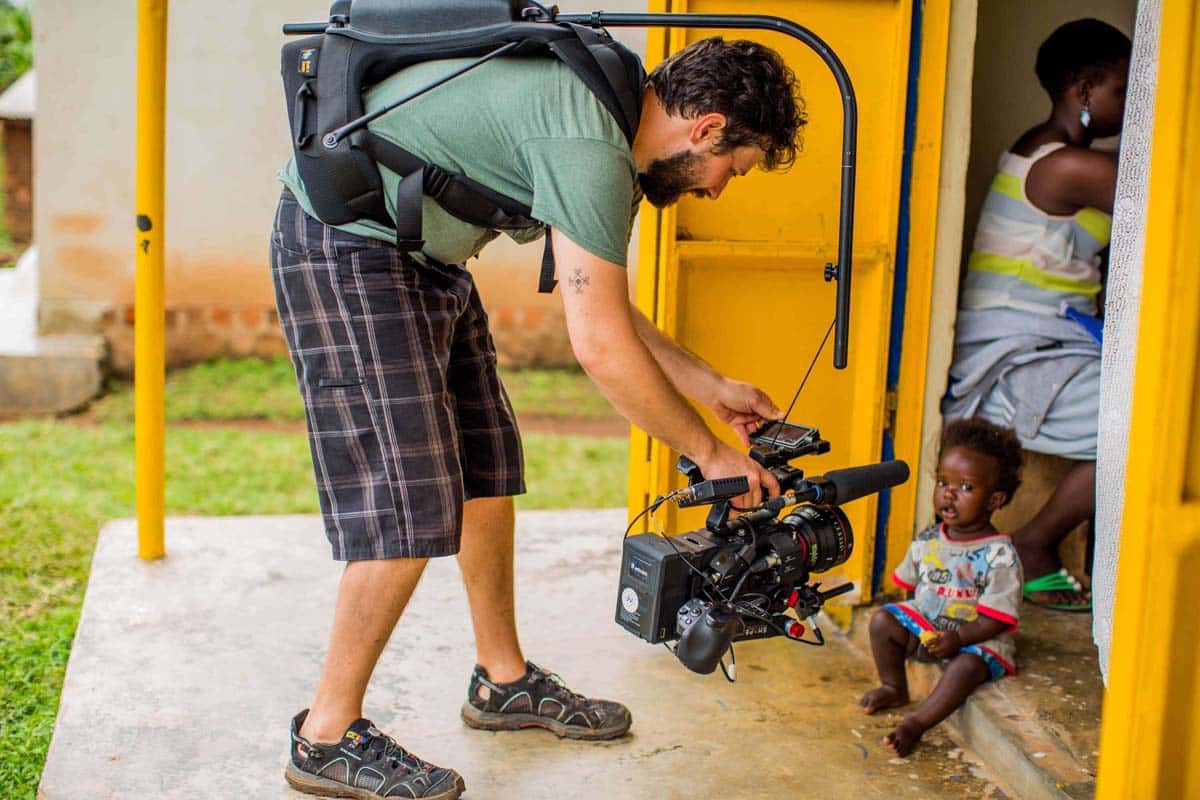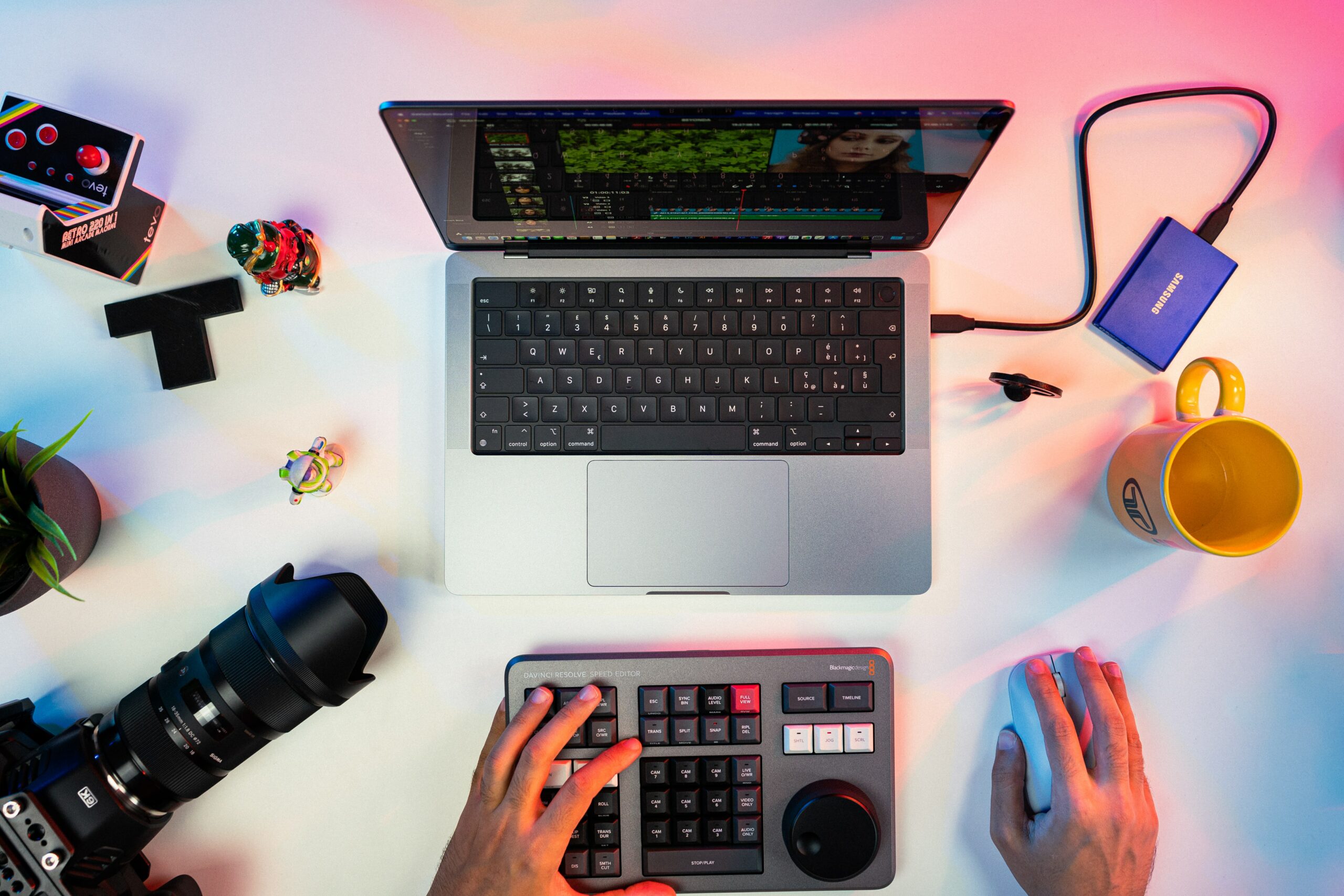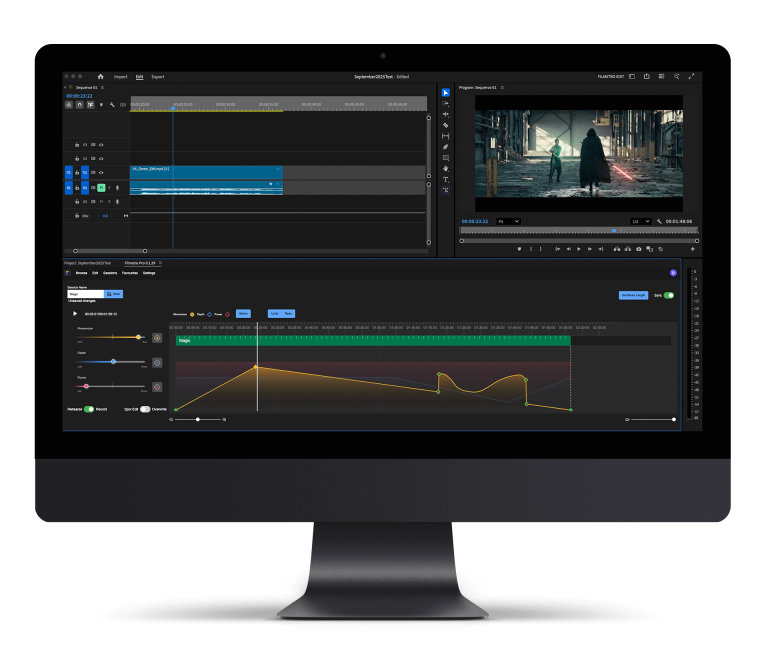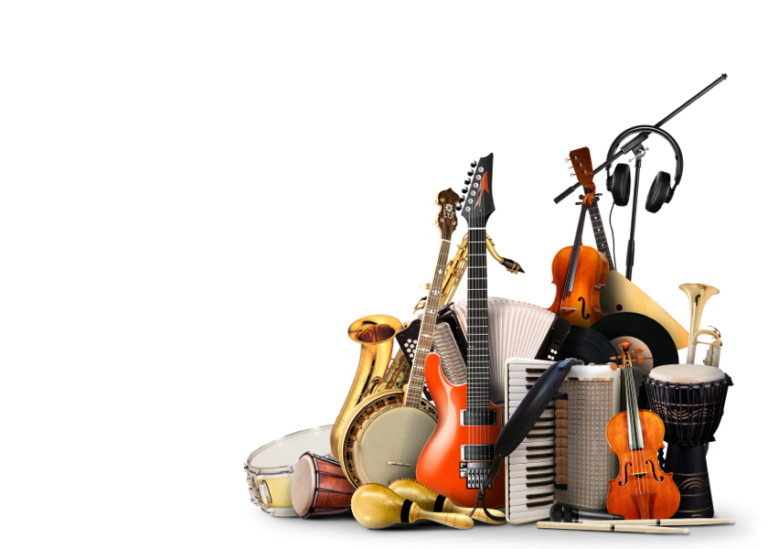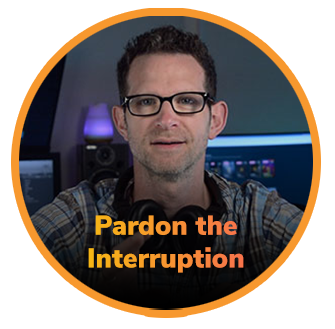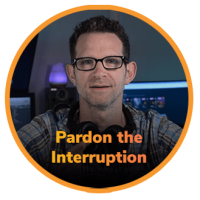Find a project that means the world to you and chase after it! Your heart will be full both creatively, and through helping others if the project allows.
Documentaries are a way of shedding light on subjects that need discussing. They can also be a great way of putting heroic individuals in the spotlight and that is what Foster Visuals have been doing. We’ve seen many short form documentaries over the years but the stories and visual style of the documentary films being created by Foster Visuals are so inspiring that we’re blown away every time we watch them. We caught up with Director Brent Foster who gave us a deeper insight into the production and post-production process.
What inspired you to create these video?
I’ve worked as a photojournalist and filmmaker since I was fourteen. I had always promised myself that one day I’d return to the small town I grew up in and tell the story of a man who used to sharpen hockey skates for all the kids in our town and would never accept a dime. He did it out of the goodness of his heart, and I wanted to tell his story and showcase the positive impact he had on a small Canadian community.
Unfortunately, I let work get in the way and missed the chance to tell his story. When he passed away, I decided to start a project dedicated to telling the stories of others who were doing good in the world and passing on important messages and traditions. The idea is to tell their stories while they’re still here and in the act of doing these incredible things. Together, with a team of friends and colleagues, we’re traveling the world to tell these stories and preserve the tales of these “living legacies.”
Visually what are your references/influences for the style of your video?
We want to maintain a documentary style to the videos while keeping the production level highly cinematic. Sort of a documentary meets narrative short feel to them. Some influences for the project came from work created by: http://mediastorm.com/, http://www.wearevariable.com/, the Vimeo community, and many photojournalists whose work I’ve found inspiring over the years.

Could you tell me a bit about the crew and cast you work with? How do things go during the shoot? Any obstacles?
On average, we’ve filmed these stories as a crew of 2-4 people. Everyone working on the videos has volunteered their time and took the project on because they believed in it. We all wear a lot of different hats during the production to fulfil the roles required on set. It’s fun and challenging. Staying small has allowed us to keep our subjects comfortable and not overwhelm them.
These projects feature real people. The premise of the project is to seek out and tell stories of people who aren’t in the spotlight, so it’s been important for us to establish a trusting, friendly relationship with the characters before we begin to film. There have been many obstacles throughout the filming ranging from our drones being seized temporarily by customs in Uganda, lost luggage in the Philippines, and one of the projects completely falling through in New Orleans once we arrived on the ground.
We’ve learned something new from every project in this series, and the next project becomes that much stronger because of the lessons along the way.

What equipment do you use? What camera? What lenses? Tripods, gimbals etc… And why do you choose this setup?
On our most recent trip to Uganda, we chose to bring the gear listed below. At this point, we feel like we have what we need for this type of project down to a science. Of course, we could have gone the route of bringing lighter/less gear but we didn’t want to compromise on production value. We used every piece of equipment we brought.
• (2) – Sony FS7’s
• Canon 24 T1.5 CN-E L F Cine Lens
• Canon 24 f/1.4L II,50 f/1.2L, 24-105 f/4L IS, 135 f/2.0L
• Metabones EF to E Speed Booster Ultra
• (2) – Benro Tripods (C373F Series 3 CF Video Tripod & S8 Head )
• (2) – Aladdin Bi-Flex
• (2) – Sennheiser G3 Lav Mic
• 2 – Tenba Cinelux 21
What kind of lighting setup (if any) did you use? If you only used available light, what were the struggles and benefits of this?
We used the Aladdin Bi-flex lights and often use the Zylight F8 Fresnels as well. We also carry a flag kit or rent one on the ground depending on where we’re travelling. The nice thing with the Zylights and Aladdin lights is that they’re powered by the same V-mounts we use for our cameras, which gives us a lot of portability in the field.

How do you go about location scouting?
All the projects in the series so far have required travel, so we’ve relied on the local fixer/producers on the ground to send images of the main locations where our subjects live as well as start to establish a relationship with them in advance of us arriving. We need to be sure they understand the time commitment and what to expect throughout the filming to ensure the success of the project.
When we arrive, we schedule extra time before filming to do a location scout and spend time with our characters prior to pulling out a camera. We then refine the shot list that we had pre-produced from afar. It would be ideal to take a trip in advance, but that’s not the reality on projects like this.
What is your process in regards to setting up, finding the perfect shot, framing etc?
Because we’re working as a small team and documenting the stories of real people, we need to be quick and nimble with a lot of our set ups. In the scouting phase, we pre-plan shots we’d like to achieve and select the gear/lighting that will work for each scene, but we also try to stay fluid and let the characters be who they are in front of the lens.
We schedule each day, usually starting at blue hour in the morning, and ending after sunset, and we constantly adjust our shot list as we go.
We use tools like the Ronin, drones, the Kessler Cineslider, and an Easyrig to help polish the look of the production, but also allow us to move quickly from scene to scene. Between myself and DOP Pawel Dwulit, we also set up a wireless follow focus/Teradek/monitor on the most recent shoot in Uganda, which allowed us a lot of control on the fly.
We try to shoot to match the feel of the story and to capture imagery that fits well with the interview we’ve recorded. Our shot list changes throughout the shoot as new events and unexpected circumstances arise, but we try hard to check off the shots planned while leaving room for surprises along the way. We also love the use of drones to place a character in their environment.

Do you have a rough idea of the narrative in your mind prior to the shoot?
We always pre-produce and plan what we hope to film in advance of the shoot. A lot of times we hire a storyboard artist to help us create a clear plan of what we’re setting out to achieve. Of course, with these stories being documentaries, things change. The more pre-production we do, the more successful the story always is.
How long in total does it take you to shoot?
We’re averaging about 4-5 long days of filming per Legacy Project with about 2-3 weeks of pre-production, and another 3 or so weeks of post-production.
The part that takes the most time is the researching and selecting of the characters for the project. It’s been really challenging finding the “right” characters that have great stories to tell, are doing something highly visual, are in their older years, and are still actively living their legacy.

What is the overall budget spent on each shoot?
Our hard costs are averaging about $15-20K per story at this point. That doesn’t include our time spent on the project, or our gear since we already own most it. It’s been tough to do, but worth it every step of the way.
What is your post-production process like?
We edit in Adobe Premiere CC, and most often grade using FilmConvert which has allowed us to easily match the footage we’re capturing on the ground with our Sony FS7 and the drone imagery from the air capture with our DJI Inspire/X5 camera combo while maintaining a filmic look to the footage. Our music choices have varied depending on the mood, and tone we’re working towards with the piece (check out Filmstro’s library of royalty free music).
I find I like to put the rough assembly together, and then start to add more pacing to the piece to fit the character of the subject being profiled. It’s more of a gut feeling of what’s working when pacing out the edit.
What future projects have you got planned?
We plan to film our next Legacy Project in Canada later this year and are currently in the pre-production phase while keeping busy with our commercial work that pays the bills.

What advice would you give to young filmmakers looking to get into these kinds of projects?
Find a project that means the world to you and chase after it! Your heart will be full both creatively, and through helping others if the project allows.
It’s so easy to push good ideas aside. If you can find a project you believe in, it will keep you passionate about your work and will also allow you to create something to show your clients who you are as a filmmaker. If you can find a project that can help others along the way, it will be that much more rewarding!
With each project we release, we’re trying our best to help the subject of the story fulfill their dream/mission. With the launch of our most recent project in Uganda, our goal is to help Nalongo build a permanent clinic where she can continue to help deliver babies safely for the mothers of her village for years to come. You can learn more about how to help her here: https://www.gofundme.com/nalongo


